I have built a SQL database with my CustomerDetails, ProductDetails, OrderDetails from scratch and also stored procedures to create new Customers, new Products and Orders.
So now I want to build a data access layer from C#. I don't know how to associate the entity framework data object declaration such as the following code to map my SQL data tables, because using the following code will be a code first approach and entity framework will generate the SQL code for me. I don't want EF generated SQL code because it is so buggy.
public int ProductID { get; set; }
public string ProductName { get; set; }
public string Description { get; set; }
public int? OrderID { get; set; }
I have checked out the following reference which is so daunting for me, because a lot of reference pages are out of date (downloads are no longer available and the User Interface of Visual Studio has been completely changed since), and some are involved in MVC which make things unnecessarily complicated.
https://learn.microsoft.com/en-us/aspnet/web-forms/overview/data-access/introduction/
I have also checked out using Table Adapters. But it doesn't allow me to create data objects. All data objects are automatically generated.
So how do I hand-code explicitly both SQL code and data object code if you know what I mean? My goal is to be able model my data objects according to the SQL table and call stored procedures already created in SQL to perform all kinds of operations. Please let me know where I can take reference.
